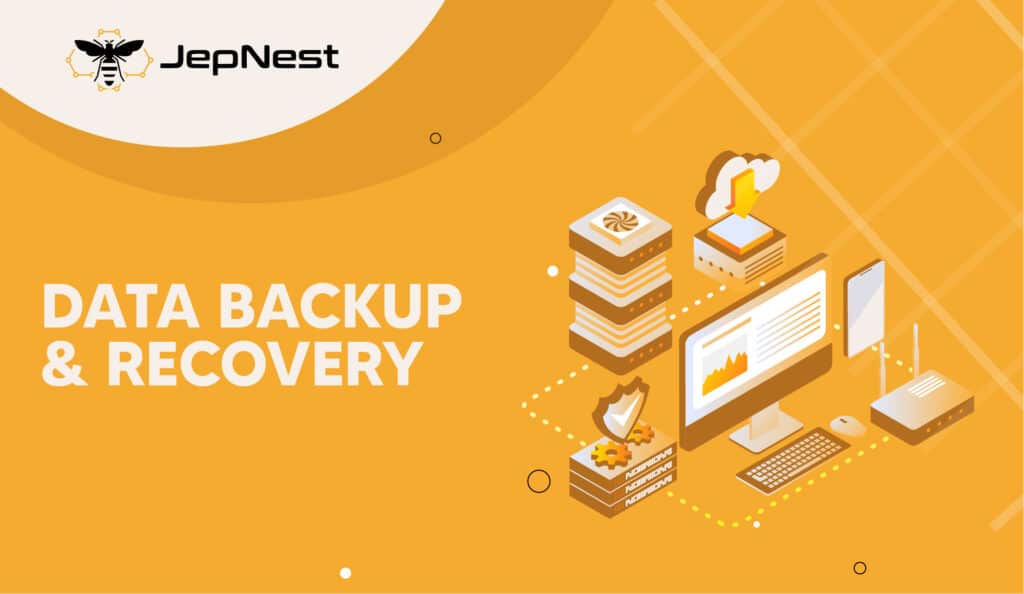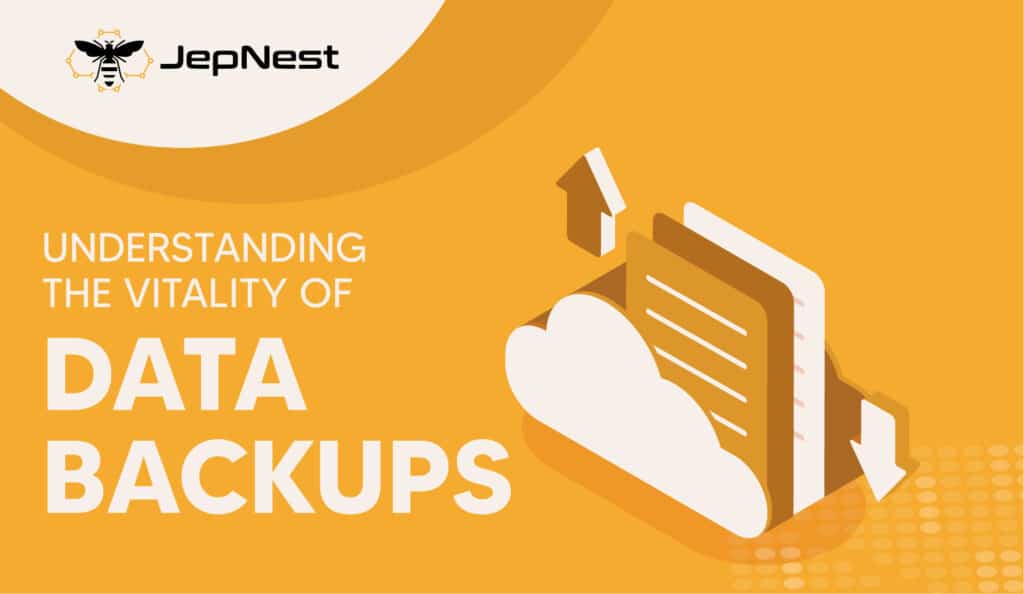Safeguarding Your Valuable Data: The Essentials of Data Backup and Recovery
In today’s digital age, data is the lifeblood of businesses and individuals alike. Whether it’s customer information, financial records, or important documents, losing valuable data can have catastrophic consequences. That’s why implementing a robust data backup and recovery strategy is crucial to ensure the protection and continuity of your information.
In this article, we will delve into the importance of regular data backups and provide valuable insights into backup solutions that can safeguard your data effectively. We will explore automated backups, offsite storage options, and the creation of disaster recovery plans. By understanding these essential elements, you will be better equipped to protect your valuable data and mitigate the potential risks associated with data loss.

Understanding the Vitality of Data Backups
Data backups serve as a safety net for your information. This section will emphasize the significance of regular backups by highlighting potential risks such as hardware failure, cyber threats, and human errors. By examining real-life scenarios and their consequences, readers will gain a clear understanding of why proactive data backup practices are crucial.
Exploring Automated Backup Solutions
Manual backups are time-consuming and prone to human error. In this section, we will introduce automated backup solutions that streamline the process and ensure consistent and reliable backups. We will discuss popular backup software and cloud-based solutions that offer seamless data protection and scheduling options.
Securing Your Data Offsite: Offsite Storage Strategies
Backing up data locally may not be sufficient in the face of natural disasters or physical damage. This section will explore the importance of offsite storage and the various strategies available. We will discuss options such as remote servers, cloud storage providers, and data centers, emphasizing the benefits of redundancy and remote accessibility.
Building a Robust Disaster Recovery Plan
While backups provide a safety net, having a well-defined disaster recovery plan is equally important. This section guides readers in creating a plan with backup testing, role assignments, and recovery procedures. Also, we will highlight the significance of having multiple recovery points and the integration of offsite backups in the recovery plan.
Best Practices for Successful Data Restoration
Data restoration is the final piece of the puzzle. In this section, we will outline best practices to ensure successful data restoration when the need arises. In addition, we will discuss the importance of verifying backup integrity, testing restoration processes regularly, and documenting the restoration procedures. Additionally, we will emphasize the need for ongoing monitoring and continuous improvement of the backup and recovery strategy.
Data backup and recovery are not mere technicalities; they are essential pillars of data security and business continuity. Also, prioritize data backups, automate processes, use offsite storage, and build a strong disaster recovery plan to safeguard valuable data.
Remember, data loss can happen to anyone, regardless of the size or industry of your organization. By following the best practices outlined in this article, you can minimize the impact of data loss and ensure that your data remains safe, secure, and accessible in times of crisis.


